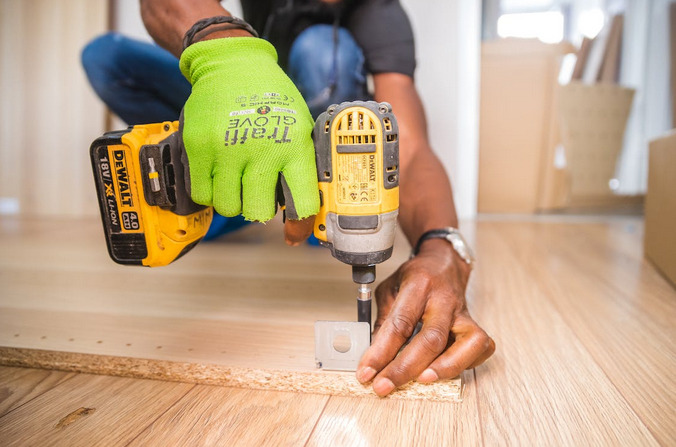In today’s rapidly changing world, it has become more essential than ever to adopt sustainable practices in every aspect of our lives. And one area where sustainability can truly make a difference is in the construction industry, particularly when it comes to multi-family buildings. So if you’re curious about how we can create a more environmentally friendly and energy-efficient living space for everyone, you’ve come to the right place. Join us as we explore innovative ways and discuss sustainable construction practices that are shaping the future of multi-family buildings. Whether you’re a developer, investor, or someone looking to make your living space more eco-friendly, gelbeseiten will guide you through the green revolution in construction
Passive Design Strategies
Passive design strategies involve maximizing the natural elements to optimize energy efficiency and occupant comfort. For multi-family buildings, this can be achieved through intelligent site planning, proper building orientation, and smart envelope design. Site planning should consider factors like solar access, wind patterns, and vegetation to provide natural shading and protection from harsh weather conditions. Proper building orientation ensures optimal exposure to sunlight, reducing the need for artificial lighting and heating during daytime hours.
Energy-Efficient Systems
Energy-efficient systems are a cornerstone of sustainable construction practices. Multi-family buildings can implement various technologies to minimize energy consumption. Installing high-efficiency HVAC systems, such as heat pumps, can significantly reduce heating and cooling demands. Choosing energy-efficient appliances and lighting fixtures further reduces electricity usage.
Responsible Material Sourcing

Responsible material sourcing emphasizes the use of environmentally friendly and sustainable materials throughout the construction process. For multi-family buildings, this involves selecting materials with low embodied carbon and high recycled content. Utilizing locally sourced materials minimizes transportation impacts while supporting local economies. The use of renewable resources, such as bamboo or timber from responsibly managed forests, reduces the reliance on non-renewable materials like concrete and steel.
Water Conservation Measures
Water conservation plays a vital role in sustainable construction practices for multi-family buildings. Implementing water-saving fixtures, such as low-flow toilets, faucets, and showerheads, helps reduce water consumption without compromising user comfort. Rainwater harvesting systems can collect and store rainwater for non-potable uses like irrigation or toilet flushing, thereby reducing demand for freshwater sources. Greywater recycling, which treats and reuses wastewater from sinks, showers, and laundry, further minimizes water wastage.
By adopting these practices, we can achieve significant reductions in energy consumption, greenhouse gas emissions, and water usage. Furthermore, these practices enhance the overall comfort, health, and well-being of occupants while reducing operational costs. Through collective efforts and commitment to sustainable development, multi-family buildings can shape a greener future and create sustainable living spaces for generations to come.
